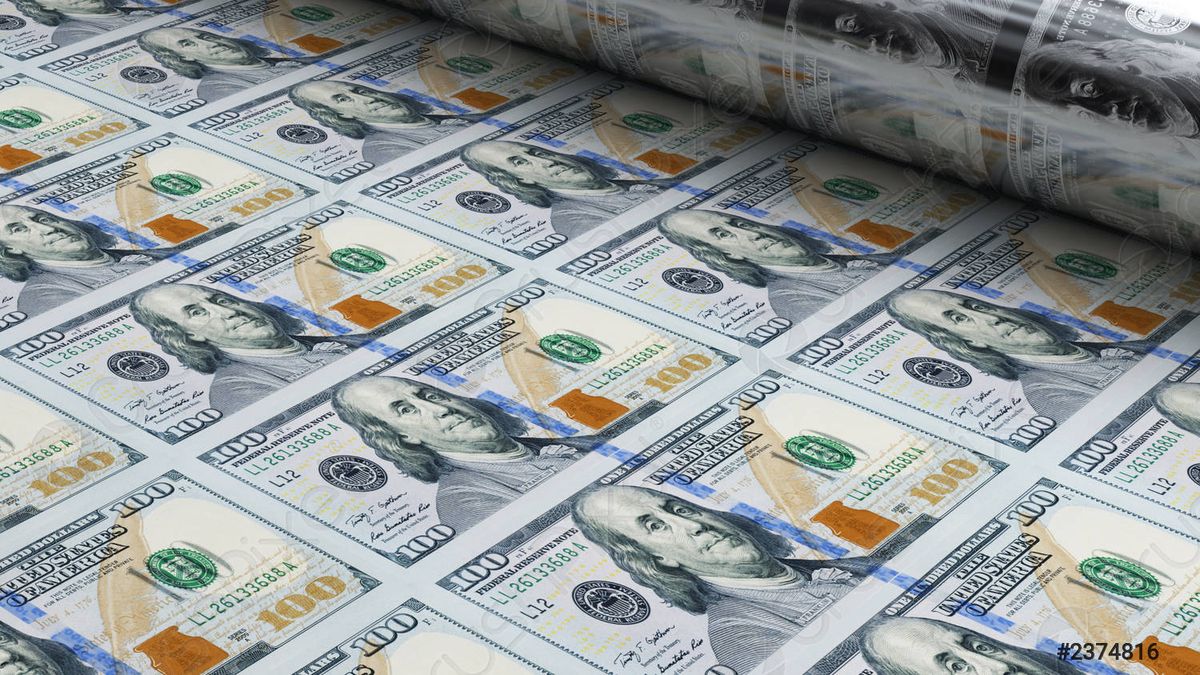Under this scenario and with new sales by the BCRA in the official dollar market (for the seventh day it shed more than US$100 million), the dollar “counted with liquid” (CCL) -operated with the Global 2030- rose 0.7% to $289.60with which the spread with the wholesale rate was located at 118.3%.
At par, the MEP dollar -also valued with the Global 2030- added 1.2% to $284.47, so the gap against the official exchange rate reached up to 114.5%.
For its part, the blue dollar fell $7 (-2.4%) to $291, according to a survey carried out by Ámbito in the Foreign Exchange Black Market, with which the gap compared to the wholesale market reaches 119%.
Paula GandaraCIO of Adcap Asset Management, indicated that “The announcements were in line with what was expected and are on the right track. The Minister gave a friendly speech towards the market, but specific details are lacking to convince”.
“After the economic announcements, the operators are attentive to the signals of the BCRA, especially in the face of the negative dynamics of the reserves that needs to be reversed as soon as possible and hence the strategies that are sought to be implemented in order to advance the liquidation of the exporters and have access to fresh funds from abroad”commented the economist Gustavo Ber.
The specialist believes “The reaction in financial dollars for now is expectant, as investors expect to know details and progress in the implementation of the measures in order to assess the implications of financial variables for their portfolio decisions.”
“Although they are going in the right direction, they are not capable of facing an inflationary process of the magnitude of the current one, which threatens to reach 100% annually,” said Víctor Beker from the Center for the Study of the New Economy of the University of Belgrano. “A set of coordinated and simultaneous fiscal, monetary, foreign exchange and revenue measures is required, and this comprehensive plan has not yet appeared,” he said.
A very high inflation that could exceed 90% this year, a Central Bank with few reserves, a strong monetary issue and exchange pressures, are the main points that concern investors.
A report of Goldman Sachs notes that “Argentina needs a more conventional and disciplined policy mix to rebalance the economy, and that means, first and foremost, establishing a credible path toward structural fiscal consolidation and an exchange rate that can reflect the macro fundamentals that would require a bold reduction in the repression/financial controls”.
Massa also said he will launch a voluntary swap for debt maturities in pesos in the next 90 days, which will end on Tuesday.
“Massa’s speech aimed rather at giving signals on certain issues, and most of the announcements were proposals or measures under study, the details of which will be known in the coming days,” said Isaías Marini, an economist at the consulting firm Econviews.
In this framework, the country risk measured by the JP. Morgan bank fell 1.8% to 2,400 basis points, compared to the historical maximum level of 2,976 points recorded two weeks ago.
official dollar market
In the official market, the wholesale dollar appreciated by a controlled 0.17%, to $132.64, at a time of significant demand for foreign currency to meet energy payments.
“Our expectation is that the monetary authority accelerate the ‘crawling peg’ in an attempt to reduce the gap between the official exchange rate and other instruments to access the dollar in the country”, Verisk Maplecroft said.
The BCRA sold another US$150 million this Thursday to meet the demand for foreign currency which, for the payment of energy and fuel imports, reached US$100 million.
“Pending the implementation of the measures derived from Wednesday’s announcements, the current scenario of the foreign exchange market remains unchanged, requiring continued official assistance to balance the imbalance exhibited between the supply and demand for foreign currency,” they commented. from the market.
The monetary entity had to get rid of about 600 million dollars in the first four rounds of August to genuine demand for foreign exchange, after losing 1.27 billion dollars in July.
With this complex panorama, Massa analyzes eliminating the obligation of the field to liquidate currencies in 15 days. The objective is to activate the “dollar factory” promoted by the new Minister to swell the reserves of the Central Bank and that, in turn, the agricultural sector can cover itself from a possible devaluation of the currency by keeping the dollars deposited in the financial system. Argentinian.
Source: Ambito
David William is a talented author who has made a name for himself in the world of writing. He is a professional author who writes on a wide range of topics, from general interest to opinion news. David is currently working as a writer at 24 hours worlds where he brings his unique perspective and in-depth research to his articles, making them both informative and engaging.




